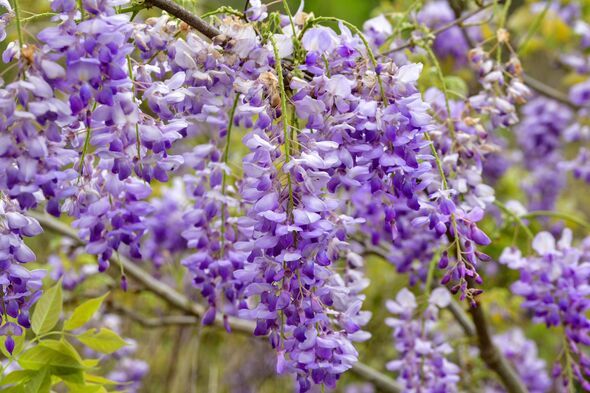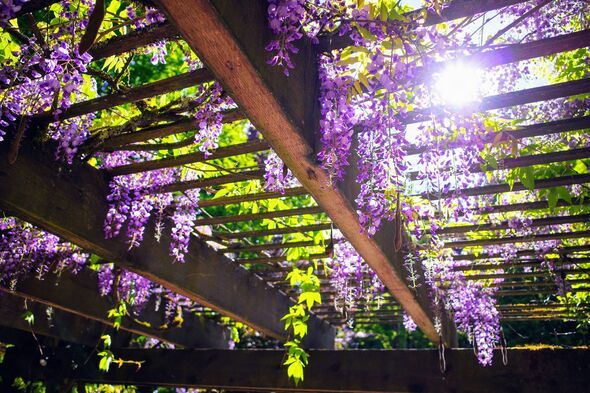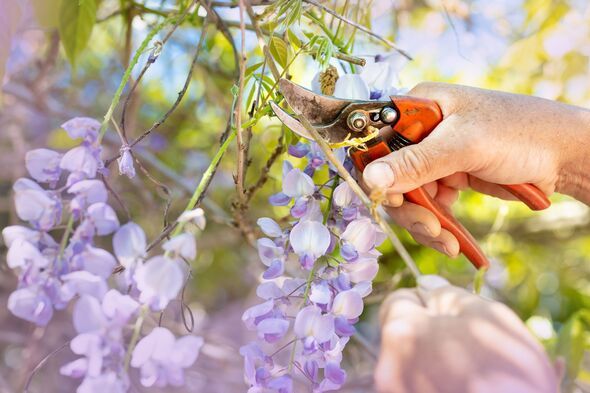
Spring brings plenty of impressive colours to the , and lilac blooms with a delectable scent are among them. Wisteria typically between April and June, but some lucky gardeners experience a subsequent flush in late summer, meaning you could .
It is natural for the plant to burst to life in short periods due to its vigorous growth habit, which often prioritises foliage development over extended bloom periods. However, gardeners who care for wisteria properly will be rewarded with more flowers. Experts at Gardeners World explained: "Wisteria is . Feed monthly with a high potash fertiliser during the growing season, to encourage more flowers to bloom."

There's an important difference to note before taking the plunge and feeding wisteria.
Pot-grown plants typically require more frequent and specific feeding than those planted in the ground, as nutrients leach out of the soil more quickly in containers.
The Royal Horticultural Society suggests using a liquid tomato fertiliser, Phostrogen, Miracle-Gro or a similar flowering plant food for container-grown wisteria. Alternatively, you can combine controlled-release fertiliser into the compost.
For ground-grown plants, Growmore or Fish, Blood, and Bone can be fed to the wisteria at the recommended rate shown on the packet.

The RHS urged gardeners growing wisteria in low-potassium, sandy soils to apply sulphate of potash at 20g per square meter. Using a rose or flowering shrub fertiliser will have the same effect.
Watering during dry periods will prove effective for general wisteria care, particularly during the growing season, to stimulate healthy growth - including flowers.
During times of drought, water weekly until the soil is completely moist. Make sure you apply water directly to the soil level to avoid causing diseases.
Pruning wisteria is also essential for healthy, blooming flowers.
It is advised to remove growth in summer to allow better air circulation and more sunlight to reach the base of young wisteria plants.
This will encourage better ripening of the wood and improve the chances of bud formation.
"Restricting the amount of vegetative growth and encouraging short, flowering spurs will result in more flowers," explained the RHS.
You should prune wisteria throughout the year; however, in the coming months, it's worth pruning it after flowering, in July or August.
Cut back the whippy green shoots of the current year's growth to five or six leaves.









